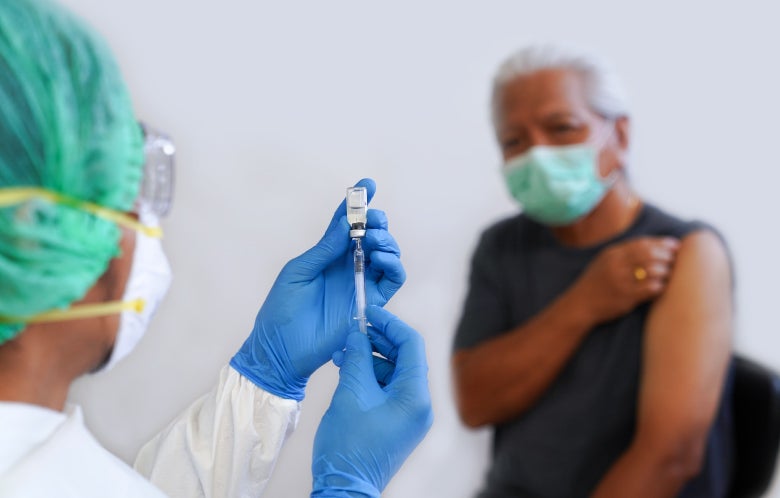Vaccination against SARS-CoV-2 is recommended for pregnant individuals and for those considering future pregnancy, but rates of vaccine uptake among pregnant patients remain less than 25 percent in the U.S. Recent cohort data suggest that mRNA COVID vaccines appear safe in terms of neonatal and infant outcomes, and emerging data on early pregnancy outcomes are reassuring. While most studies of early pregnancy outcomes rely on observational registry data that report only clinical pregnancy losses (without capturing chemical pregnancies), data from patients undergoing IVF are uniquely poised to capture unrecognized early pregnancy losses.
A retrospective cohort study compared outcomes in vaccinated and unvaccinated patients undergoing controlled ovarian hyperstimulation or single euploid frozen-thawed embryo transfer between February and September 2021 in a single academic center in New York. Data were extracted from medical records. Protocols varied but were typical of fertility treatments. Patients were considered vaccinated if they had received two doses of either the Pfizer or Moderna COVID vaccine at least 14 days prior to the start of medications for their IVF cycle. The primary outcome for the ovarian hyperstimulation cohort was fertilization rates; the primary outcome for the embryo transfer cohort was clinical pregnancy rate.
For patients who underwent controlled ovarian hyperstimulation, fertilization rates were similar among 222 vaccinated and 983 unvaccinated patients, with rates of 80.7 percent and 78.7 percent respectively (p=0.39). Similarly, adjusted analysis demonstrated no significant associations for number of eggs or mature oocytes retrieved or blastulation rate. Vaccinated patients had higher rates of euploid embryos (48.8%) compared to unvaccinated patients (42.5%) (p=0.02).
For patients who underwent embryo transfer, rates of clinical pregnancy were similar among 214 vaccinated patients and 733 unvaccinated patients, with rates of 59.5 percent [52.7–66.3] and 63.7 percent [60.2–67.3] respectively (p=0.27). No significant differences were seen in rates of pregnancy, ongoing pregnancy, or biochemical pregnancy loss. Rates of clinical pregnancy loss were 18 percent in vaccinated and 12 percent in unvaccinated patients (p=0.08). In adjusted analyses, no significant associations were found between vaccination status and the odds of clinical pregnancy (adjusted odds ratio [aOR] 0.79, 95% CI 0.54–1.16) or any of the secondary outcomes including rates of clinical pregnancy loss (aOR 1.02, 95% CI 0.51–2.06). Sensitivity analyses using propensity-matched cohorts demonstrated similarly nonsignificant results and found no differences in outcomes comparing the Pfizer and Moderna vaccines to one another.
This study adds to a growing body of evidence demonstrating that the Pfizer and Moderna vaccines do not negatively impact reproductive potential. A notable benefit of this study is that all pregnancies could be tracked, which allows for the ability to detect differences in early pregnancy losses that may go unrecognized in other data sets primarily reflecting clinical pregnancies. The study appears appropriately powered based on the investigator’s assumptions and calculations, and the multiple analyses reinforce that there were no significant associations no matter how you slice it. These reassuring data, together with the known increased risks of maternal and fetal morbidity and mortality associated with COVID infection in pregnancy, should make the choice to get vaccinated more and more clear for patients who are pregnant or considering pregnancy.
For more information, see the topic COVID-19 and Pregnant Patients in DynaMed.



